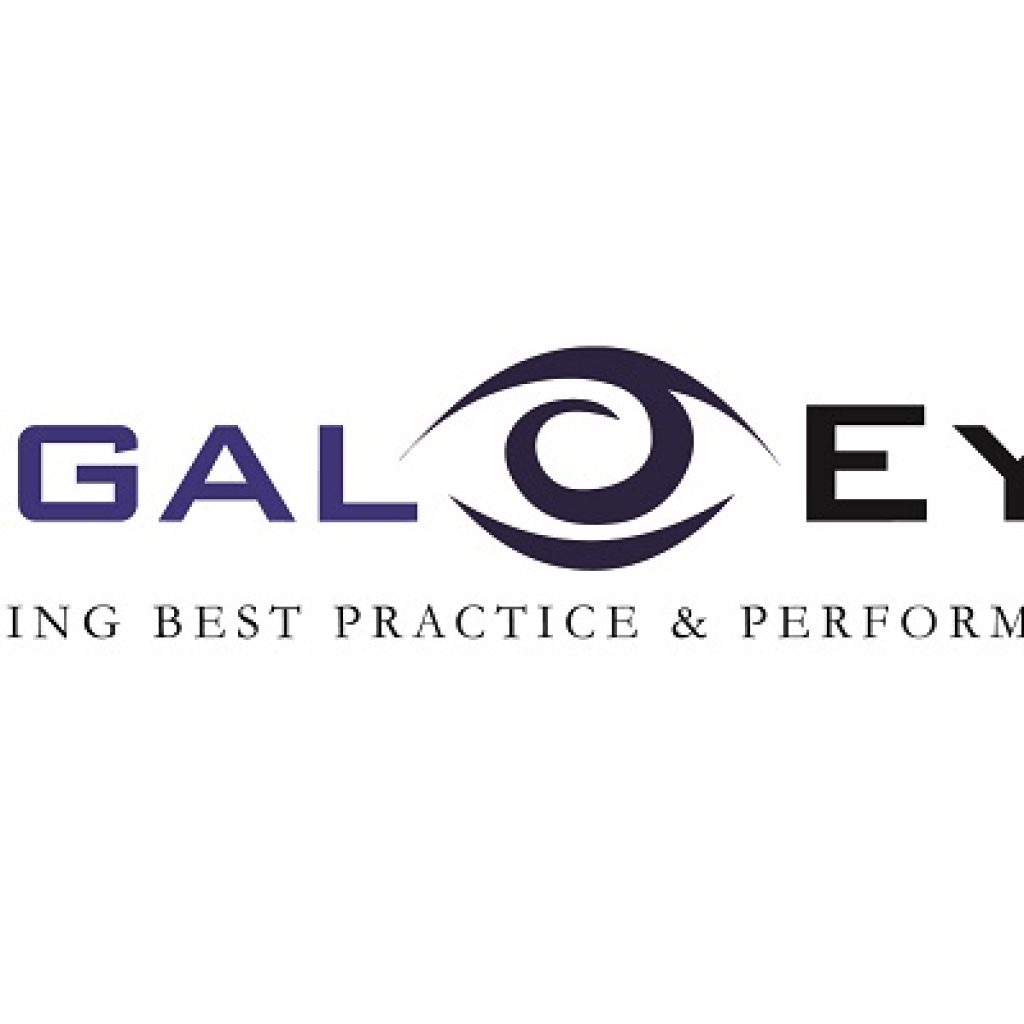… is how one of the speakers at the annual Anti-Money Laundering and Financial Crime Conference 2017 last week described the introduction of the Money Laundering, Terrorist Financing and Transfer of Funds (Information on the Payer) Regulations 2017 – better known now as the Money Laundering Regulations 2017 or MLR 2017. I smiled as he said that and so did many of the delegates sitting in the room since the analogy so accurately describes that Thursday at the end of June when the Regulations came in at 4.20 pm or thereabouts – leaving us all with just one working day – Friday 23rd June – to start to get everything into place for Monday 26th June!
Of course, even after that, there was little time to relax as hot on the heels of the MLR 2017 came the two facilitation of tax evasion offences courtesy of the Criminal Finances Act and the reasonable prevention procedures which firms at least needed to start to put in place by 30th September.
It’s 5 months now since the MLR 2017 were enacted into UK law and coming up to 2 months since the CFA 2017 came into effect.
So, what has happened in that time?
Quite a lot! The Supra-National Risk Assessment was updated in June 2017 and, if you have not had sight of this, it can be viewed here: http://ec.europa.eu/newsroom/just/item-detail.cfm?item_id=81272. The Supra-National Risk Assessment informs the National Risk Assessment and the UK published their National Risk Assessment very recently in October this year, which can be viewed here: https://www.gov.uk/government/uploads/system/uploads/attachment_data/file/655198/National_risk_assessment_of_money_laundering_and_terrorist_financing_2017_pdf_web.pdf
Whilst this is a considerable document, the relevant section relating to Legal Services is just a few pages long and highlights Trust or Company Formation to be the legal service at greatest risk of exploitation, with Conveyancing also being a primary risk area, noting that 50% of SAR’s were linked to this area with Misuse of Client Accounts described as a further risk.
The National Risk Assessment informs the Supervisory Authority Risk Assessment but, to date, the Supervisory Authority has not published their Risk Assessment albeit regard should be had to various publications including, for example, the SRA’s AML thematic review report in May 2016 and the updated 2017 / 2018 Risk Outlook as well as the Autumn Update to the Risk Outlook (which has recently been published) when firms are preparing their own firmwide risk assessments.
Of course, the Legal Sector Affinity Group have also published Anti-Money Laundering Guidance for the Legal Sector, but this has not, at the time of writing been approved by HM Treasury so remains in draft status.
What should firms be doing?
First key steps to demonstrating your compliance with the requirements of the MLR 2017, include:
- • Appointing a Compliance Officer, in addition to your MLRO;
- • Updating your Client Care Documentation as well as ensuring that you have mechanisms in place to identify PEPs, including domestic PEPs, their close family members and also known close associates;
- • Preparing your Regulation 18 firmwide risk assessment -having regard to all the information available including the Supra-National and National Risk Assessments;
- • Reviewing and updating your CDD procedures, matter risk assessments and policies, controls and procedures in light of the results of your firmwide risk assessment and any risks identified;
- • Drafting your updated AML Policy pending HM Treasury approval of the Legal Sector Affinity Group Guidance;
- • Training your staff.
How far along are you in demonstrating compliance with the MLR 2017.
Of course, further changes are on the horizon as next year the UK are due their Financial Action Task Force (FATF) visit in March, draft Regulations are currently under consultation regarding the function of the new Supervisor of Supervisory Bodies – the Office for Professional Body AML Supervision (OPBAS) – and although this Body will not directly affect law firms as it is the supervisory body of the supervisory authorities, firms subject to an SRA visit could find an OPBAS representative present at that visit. Other indirect effects include the funding of OPBAS which will likely fall to firms, potential escalation of firm issues and the evolution of the SRA Supervision Strategy which will likely be influenced by OPBAS. Finally, 5MLD is also gaining momentum!
And that’s just the MLR 2017. There is an equally momentous task to ensure that you can demonstrate, should the need arise, that you have reasonable preventative procedures in place in relation to the two facilitation of tax evasion offences.
For practical help and assistance in getting your MLR and CFA houses in order, contact Dawn Stone, DS@legal-eye.co.uk or call 01743 719545.
This article was submitted to be published by Legal Eye as part of their advertising agreement with Today’s Conveyancer. The views expressed in this article are those of the submitter and not those of Today’s Conveyancer.




















